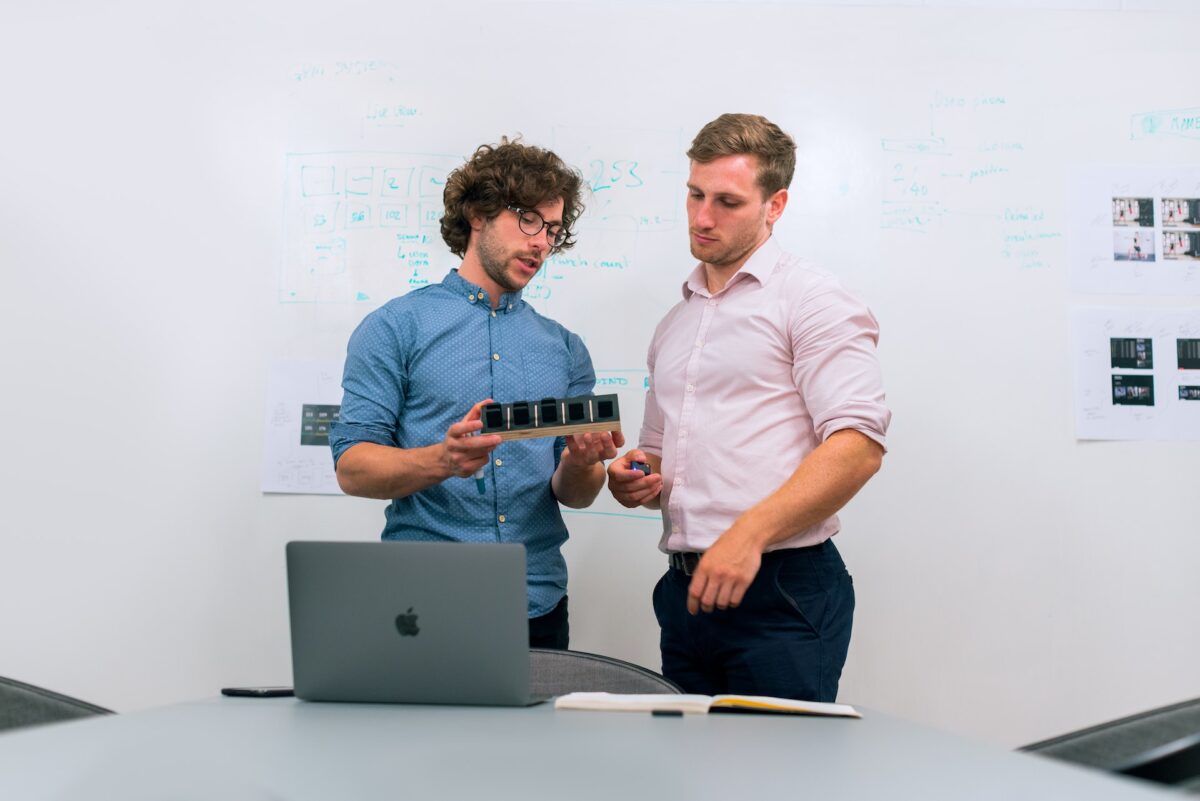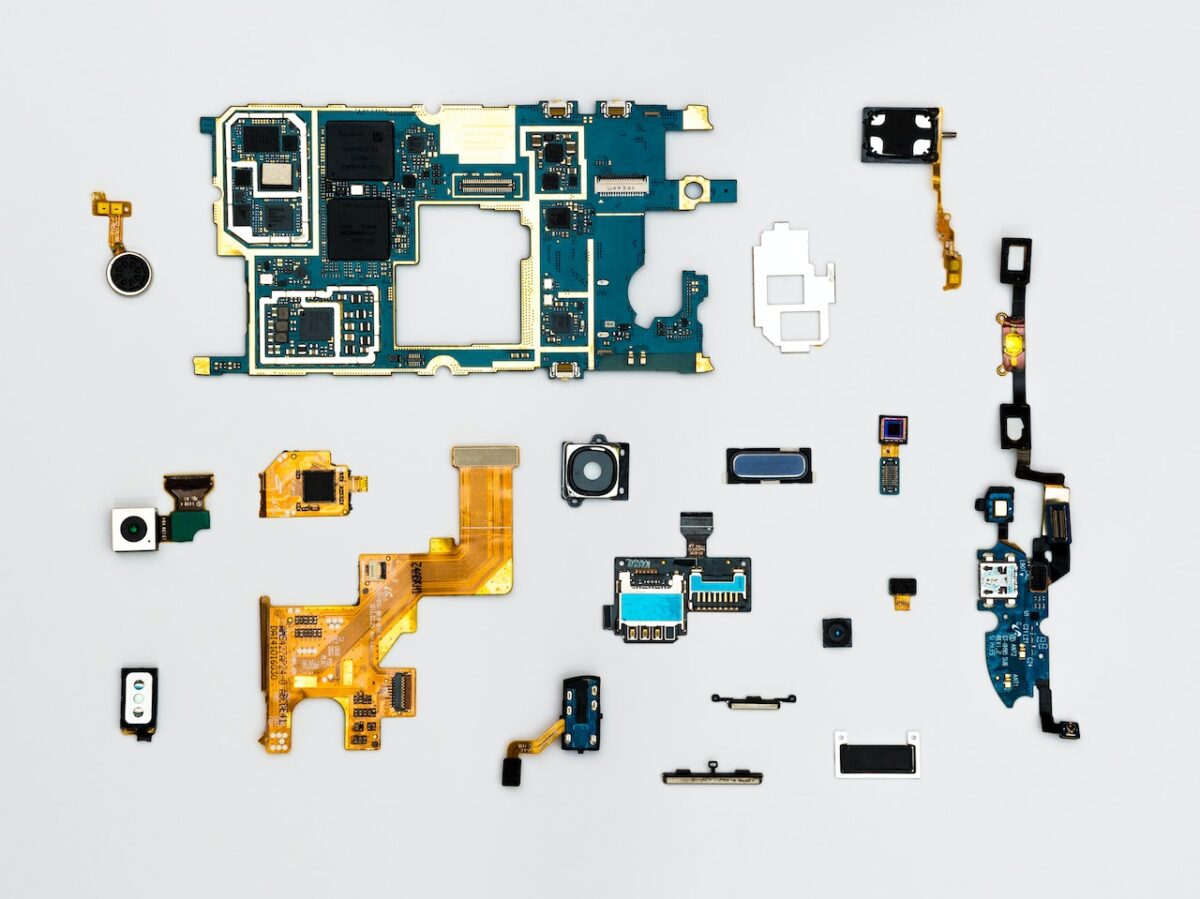One thing consistently successful innovation programs do, is test their concept during the development process. Whether physical or intangible, it’s rare that a final product is precisely what you initially envisioned. During the development process, your product is likely to evolve. While the end objectives remain the same, they may be expanded or revised.
To ensure your innovations progress in the right direction, a minimum viable product is typically designed. The more features and functions a product have, the more important it is to beta test, then release an MVP. However, there are several misconceptions about the MVP process.
Misconception #1—It’s a Subpar Product
While it won’t possess all the bells and whistles, as their name suggests—MVPs are viable products. They provide you with the opportunity to identify glitches or areas of opportunity early on in the development process. That isn’t to say that prototyping isn’t part of the process.
For example, if you are designing an ergonomic laptop mouse you might 3D print a few different models before manufacturing the MVP. This discovery phase empowers you to test, review, and improve the final product.
Misconception #2—It’s Just a Prototype
As mentioned above, you may 3D print or manufacture prototypes for internal testing and external beta testing. However, your user MVP is a functioning product designed for external purchase.
That being said, you may manufacture your MVPs with a budget-friendly material that isn’t designed for longevity. Or designed for longevity, but not as sleek, modern, or stylized. Just make sure that the material selected is durable enough for quality feedback. Also, that the next generation adds enough new value that consumers will want to upgrade.
Misconception #3—It Must Be Perfect
Viable, yes. Perfect, no. Most MVPs are products or services that users will test for a lower price point than the final product. If your MVP is software that you want to test with existing subscribers, you can provide a significant discount for participating in the test. Whatever the product may be, inform users of what the product is capable of. If relevant, also inform them of the features that are on the way in the next phase or final product.
The objective is to validate that the current features or functions work and gather feedback. Once compiled, the feedback will confirm whether you are heading in the right direction. This phase often catches costly areas of opportunity before you move on to your next product version. It may even inspire features and functions you have yet to consider.

Misconception #4—There Aren’t Enough Features to Test
“Seeing what people actually do with respect to a product is much more reliable than asking people what they would do.” –Eric Ries
Selecting which features and functions to test first is essential for gathering meaningful user feedback. Your product needs to solve enough user issues to be of value, without the time and cost of a fully developed product. This might mean that you release multiple product versions and different user demographics for each phase of the product’s MVP lifecycle. The objective is to ensure that your final product delivers the value you intend per the user’s perspective.
In addition to releasing new features, you may release different colors or styles.
Misconception #5—The Value is Minimal
When it comes to technology, consumers are always waiting for the next generation. By the time you bring your current product to life, consumers already want more. More speed, more mobility, more functions, more storage, and more innovation.

Smartphones are shining examples of evolving viable products. User feedback for the newest phone on the market will inform the next-generation version. Or maybe an on-demand delivery app is launched in a handful of cities before going nationwide. Or the first generation of a physical product remains on the market as the budget-friendly option, while the next generation product has more features and functions for a higher price point.
Misconception #6—It’s a Quick Profit Strategy
Even when monetized, revenue generation isn’t the only objective. While the profits can help fund the next phase of development, the larger objective is to ensure your product deliver the value you intend.
We mentioned software subscribers earlier. While existing customers may be offered a discounted rate to test a new version, you’ll likely seek out new clients too. Testing existing users is essential for retention and to work out transition glitches. Testing new users is essential for maintaining your competitive edge.
Misconception #7—That The Product Ends if Test Results Fail
Validation is the top priority of product testing. While it’s extremely discouraging when an MVP generates negative feedback—look on the bright side. You would rather have this feedback before developing the final product. Take a deep dive into consumer reviews so that you and your team can find innovative alternatives.
That being said, some MVPs do end-product development. This typically occurs when the initial market research was insufficient or if there have been rapid market changes. Performing an innovation maturity assessment will drastically minimize the likelihood of product failure.
Most Recent Posts
Explore the latest innovation insights and trends with our recent blog posts.













